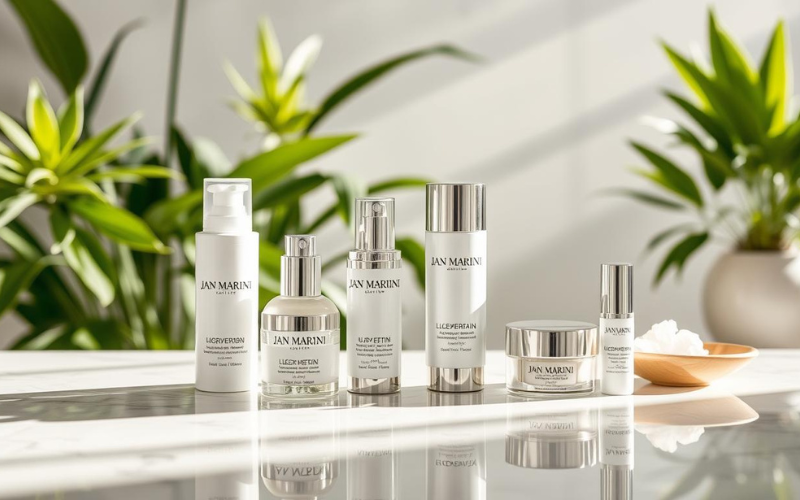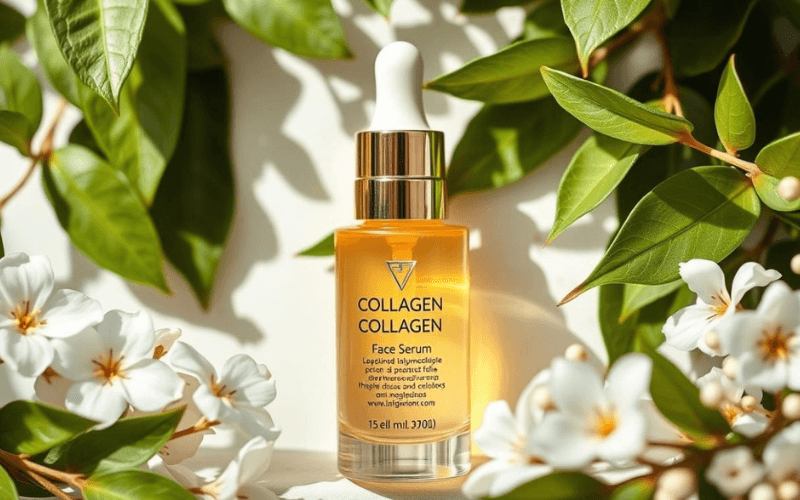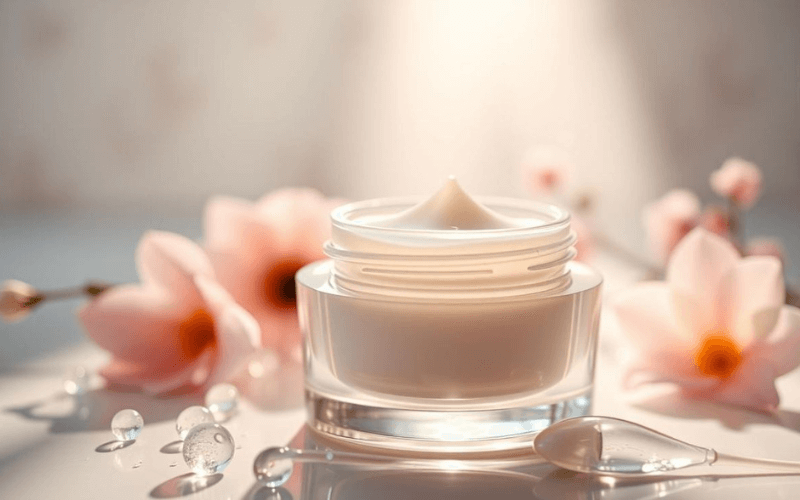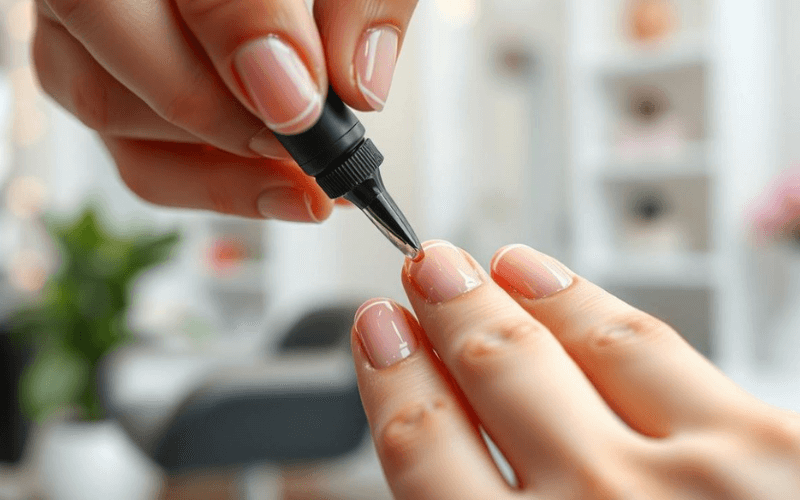Introduction to Skin Care: The Foundation of a Healthy, Glowing Complexion
Your skin is the largest organ of your body, and it deserves just as much attention as the rest of your health. A proper skin care routine isn’t just about looking good – it’s about maintaining the health of your skin, protecting it from environmental damage, and preventing long-term issues like premature aging, hyperpigmentation, and acne.
Many people feel overwhelmed when they first start to explore skin care. With so many products and techniques available, it’s easy to get lost. But fear not! Whether you’re a beginner or a seasoned pro, this guide will break down everything you need to know, from understanding your skin type to selecting the right products and creating a routine that fits your lifestyle.
Why Skin Care Matters
Our skin is constantly exposed to harmful factors like UV radiation, pollution, and stress. Without proper care, these elements can accelerate the aging process, cause breakouts, and lead to dull, tired-looking skin. A well-rounded skin care routine ensures that your skin remains hydrated, protected, and nourished, keeping it radiant and resilient.
Let’s dive in and explore the essential elements of skin care, so you can take the best possible care of your skin!
- Introduction to Skin Care: The Foundation of a Healthy, Glowing Complexion
- Understanding Your Skin Type: The Key to Choosing the Right Products
- Skin Care Products: Building the Foundation for Your Routine
- Creating a Skin Care Routine: A Step-by-Step Guide for Success
- Healthy Skin Habits: Beyond Products
- Conclusion: Your Path to Radiant, Healthy Skin
Understanding Your Skin Type: The Key to Choosing the Right Products
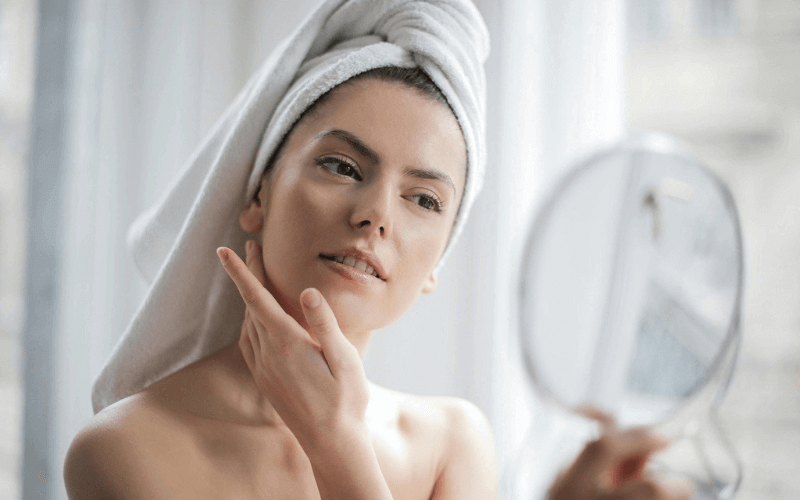
Before you start picking out skin care products, it’s crucial to identify your skin type. Knowing your skin type helps you choose products that work with your skin, not against it. Here’s a detailed breakdown of the different skin types:
1. Oily Skin
Do you often find your skin shiny, especially in the T-zone (forehead, nose, and chin)? Oily skin produces excess sebum, which can lead to clogged pores, blackheads, and acne. The goal for oily skin is to regulate oil production without over-drying.
Tips for Caring for Oily Skin:
- Use a gentle cleanser: Look for cleansers with salicylic acid to control oil and prevent breakouts.
- Don’t skip moisturizer: Many people with oily skin avoid moisturizers, but skipping this step can cause your skin to produce even more oil. Opt for lightweight, non-comedogenic moisturizers that won’t clog pores.
- Incorporate exfoliation: Regular exfoliation with a gentle product can help keep pores clear and prevent buildup.
Recommended Products:
- Cleanser: Neutrogena Oil-Free Acne Wash
- Moisturizer: La Roche-Posay Effaclar Mat Moisturizer
- Exfoliator: Paula’s Choice Skin Perfecting 2% BHA Liquid Exfoliant
2. Dry Skin
Dry skin often feels tight, rough, and flaky. It may be prone to redness and irritation, especially during colder months. The goal for dry skin is to provide plenty of moisture and hydration.
Tips for Caring for Dry Skin:
- Use a hydrating cleanser: Avoid harsh, foaming cleansers that can strip away natural oils.
- Apply a rich moisturizer: Look for ingredients like hyaluronic acid, glycerin, and ceramides, which help lock in moisture.
- Consider a face oil: Oils like argan or rosehip can give your skin an extra hydration boost.
Recommended Products:
- Cleanser: CeraVe Hydrating Cleanser
- Moisturizer: CeraVe Moisturizing Cream
- Face Oil: The Ordinary 100% Organic Cold-Pressed Rose Hip Seed Oil
3. Combination Skin
If your T-zone tends to be oily while your cheeks are dry or normal, you likely have combination skin. This skin type requires a balanced approach, addressing oiliness in certain areas while providing hydration in others.
Tips for Caring for Combination Skin:
- Use a gentle, balancing cleanser: Opt for cleansers that won’t over-strip your skin of its natural oils.
- Apply products strategically: Use oil-controlling products on the T-zone and hydrating products on dry areas.
- Incorporate a toner: A hydrating toner can help balance the skin and prep it for better absorption of moisturizers.
Recommended Products:
- Cleanser: Cetaphil Daily Facial Cleanser
- Toner: Thayers Alcohol-Free Rose Petal Witch Hazel Toner
- Moisturizer: Clinique Dramatically Different Moisturizing Gel
4. Sensitive Skin
Sensitive skin is prone to irritation, redness, and reactions to certain products. It’s important to choose gentle, soothing formulas that won’t aggravate your skin.
Tips for Caring for Sensitive Skin:
- Keep your routine simple: The fewer ingredients, the better. Avoid products with fragrances, alcohol, and harsh chemicals.
- Patch test new products: Before applying a new product all over your face, patch test it on a small area to make sure it won’t cause irritation.
- Look for calming ingredients: Ingredients like aloe vera, chamomile, and oat extract can help soothe sensitive skin.
Recommended Products:
- Cleanser: Vanicream Gentle Facial Cleanser
- Moisturizer: Aveeno Ultra-Calming Daily Moisturizer
- Serum: First Aid Beauty Ultra Repair Hydrating Serum
5. Normal Skin
Normal skin is well-balanced and doesn’t experience significant oiliness or dryness. Even though this skin type is generally low-maintenance, it still needs care to maintain its health and prevent issues down the line.
Tips for Caring for Normal Skin:
- Stick to a basic routine: A gentle cleanser, moisturizer, and sunscreen are usually all you need.
- Incorporate anti-aging ingredients: As we age, our skin’s collagen production slows down, so consider adding a retinol or vitamin C serum to your routine.
Recommended Products:
- Cleanser: Fresh Soy Face Cleanser
- Moisturizer: Olay Regenerist Micro-Sculpting Cream
- Sunscreen: EltaMD UV Clear Broad-Spectrum SPF 46
Skin Care Products: Building the Foundation for Your Routine

Once you’ve identified your skin type, it’s time to build a skin care routine with the right products. Here are the essential products you should consider, and how they contribute to healthy skin:
1. Cleansers
Cleansers are the foundation of any skin care routine. They help remove dirt, oil, makeup, and impurities from your skin, allowing the rest of your products to work more effectively. Always cleanse your face twice a day—morning and night.
2. Toners
Toners balance your skin’s pH after cleansing and prep your skin to absorb the following treatments better. Some toners also offer extra benefits, such as hydration or exfoliation.
3. Serums
Serums are concentrated formulas that target specific skin concerns, from acne to hyperpigmentation to fine lines. Because they’re lightweight and packed with active ingredients, they penetrate deeply into the skin.
4. Moisturizers
No matter your skin type, moisturizing is essential. Moisturizers help seal in hydration, create a protective barrier, and prevent moisture loss. You’ll want to adjust your moisturizer based on your skin’s needs—lighter formulas for oily skin, richer creams for dry skin.
5. Sunscreens
Sunscreen is, without a doubt, the most important product in any skin care routine. UV radiation is the leading cause of premature aging and skin damage. Whether it’s sunny or cloudy, applying sunscreen daily will protect your skin and preserve its youthful glow.
6. Exfoliants
Exfoliating helps remove dead skin cells, leaving your skin smoother and more radiant. However, over-exfoliation can lead to irritation, so aim to exfoliate only once or twice a week, depending on your skin type.
Creating a Skin Care Routine: A Step-by-Step Guide for Success
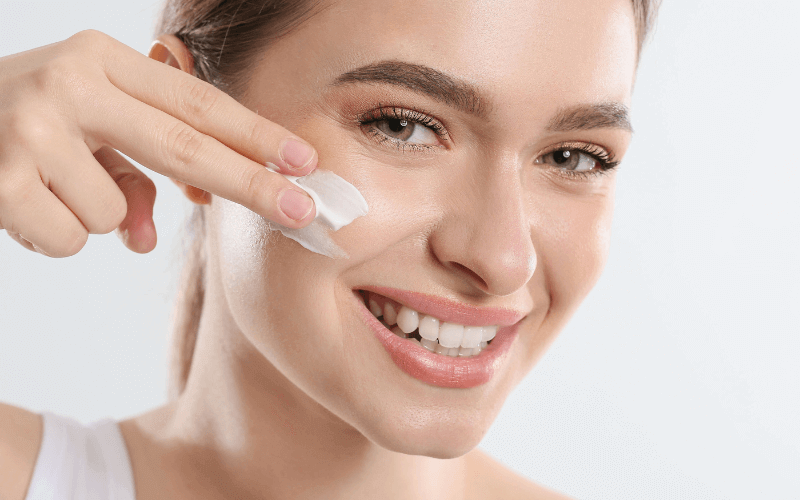
Building a skin care routine doesn’t have to be complicated. Here’s a simple step-by-step guide to help you establish a routine tailored to your skin’s needs:
Morning Routine: Protect and Prepare
- Cleanser: Start by cleansing your skin to remove any oil or dirt that accumulated overnight.
- Toner: Apply a toner to balance your skin’s pH and refresh your complexion.
- Serum: Use a serum that addresses your main skin concerns, such as vitamin C for brightening or niacinamide for reducing redness.
- Moisturizer: Hydrate your skin with a lightweight moisturizer that suits your skin type.
- Sunscreen: Finish with a broad-spectrum sunscreen to protect your skin from harmful UV rays.
Night Routine: Repair and Rejuvenate
- Double Cleanse: If you wear makeup or sunscreen during the day, start with an oil-based cleanser to break it down, followed by a gentle water-based cleanser.
- Toner: Reapply toner to ensure your skin is clean and ready for the next steps.
- Treatment Serum: Nighttime is the best time to use more intensive treatments like retinoids or AHA/BHA exfoliants, as your skin repairs itself overnight.
- Moisturizer: Apply a richer night cream or hydrating mask to lock in moisture and help your skin rejuvenate while you sleep.
Weekly Add-ons: Special Care for Your Skin
- Exfoliation: Use a chemical or physical exfoliant once or twice a week to remove dead skin cells and reveal fresh, glowing skin underneath.
- Masks: Treat yourself to a hydrating or purifying mask once a week, depending on your skin’s needs.
Healthy Skin Habits: Beyond Products
While a consistent skin care routine is essential, it’s also important to take care of your skin from the inside out. Here are some healthy skin habits you should adopt to maintain glowing, healthy skin:
1. Stay Hydrated
Drinking plenty of water keeps your skin hydrated and helps flush out toxins that can cause breakouts. Aim for at least 8 glasses a day to keep your skin looking fresh and plump.
2. Eat a Balanced Diet
What you eat has a direct impact on your skin. Foods rich in antioxidants (like berries, leafy greens, and nuts), healthy fats (like avocados and fish), and vitamins (especially vitamin C and E) promote healthy, glowing skin.
3. Get Enough Sleep
Sleep is when your body repairs itself, including your skin. Getting at least 7-8 hours of quality sleep each night gives your skin time to rejuvenate and recover from daily stress.
4. Manage Stress
Chronic stress can trigger skin problems like acne and eczema. Practice stress management techniques like meditation, deep breathing, or yoga to keep both your mind and skin healthy.
5. Exercise Regularly
Regular exercise boosts blood flow to your skin, bringing essential oxygen and nutrients that help regenerate cells. To avoid clogged pores, be sure to cleanse your skin after sweating. If you’re looking for a low-impact way to stay active and support healthy skin, check out these top 10 recumbent bikes for a workout that’s gentle on your body but effective for circulation here.
Conclusion: Your Path to Radiant, Healthy Skin
Achieving healthy, glowing skin is a journey that starts with understanding your skin type and using the right products. By establishing a consistent routine and incorporating healthy lifestyle habits, you’ll be well on your way to achieving a complexion that radiates confidence and health.
Remember, skin care is not a one-size-fits-all approach. Take the time to listen to your skin and adjust your routine as needed. With patience and persistence, you’ll see the long-term benefits of a well-maintained skin care routine.


